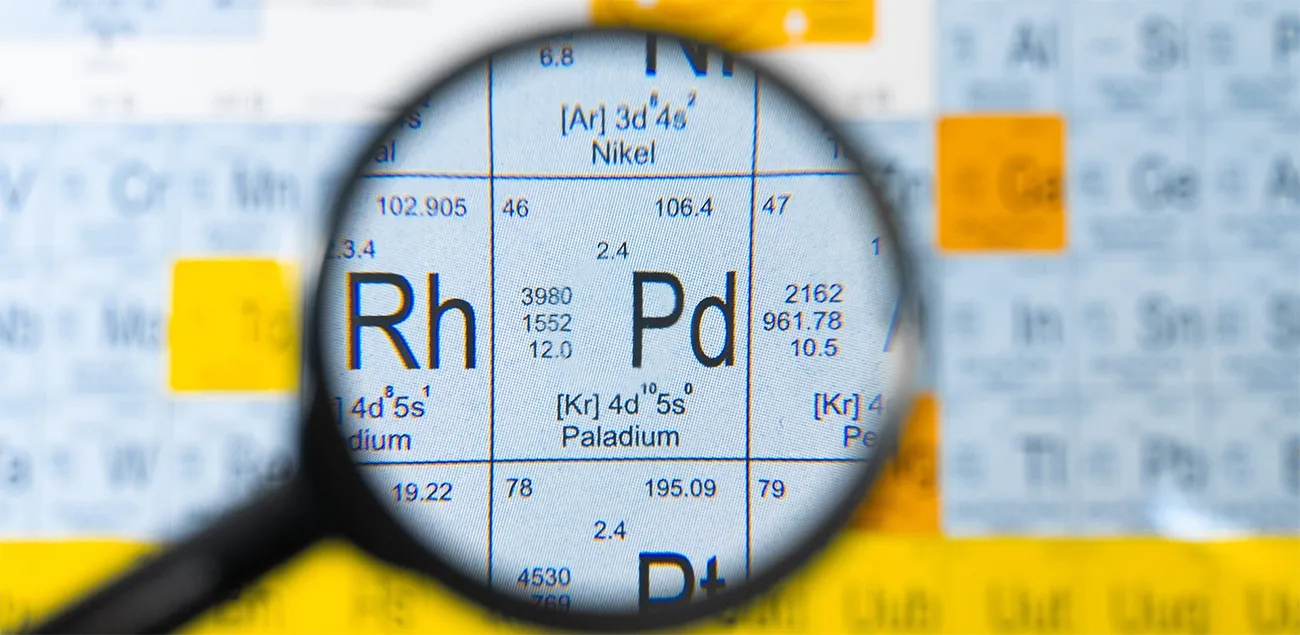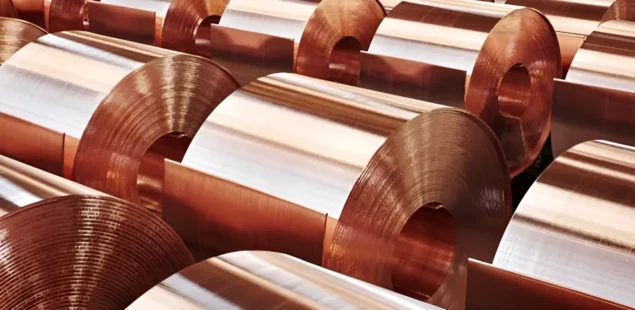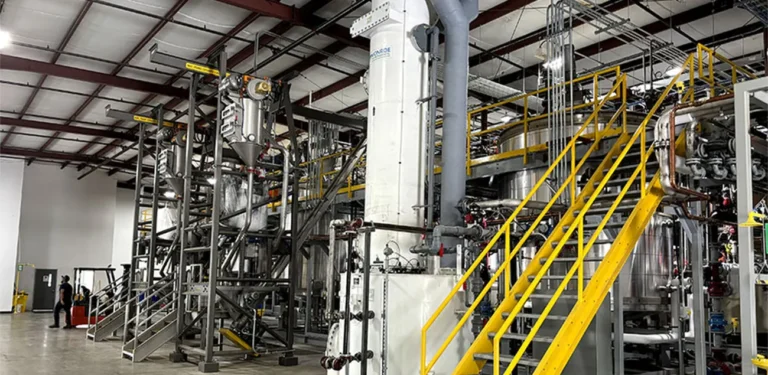
Physical and Chemical Properties of Palladium
Palladium (Pd) is a lustrous, silver-white metal belonging to the platinum group metals (PGMs). It is renowned for its high catalytic activity, chemical inertness, and exceptional ability to absorb hydrogen, which makes it highly valuable across numerous advanced technologies.
Key physical and chemical properties include:
- Density: 12.02 g/cm³ — lighter than platinum and gold.
- Melting point: 1,554°C (2,829°F), which allows it to perform well under high temperatures.
- Corrosion resistance: Palladium does not tarnish in air and is highly resistant to acids.
- Hydrogen absorption: It can absorb up to 700 times its volume in hydrogen, making it vital for hydrogen purification and storage.
- Soft and malleable: At room temperature, palladium is pliable but becomes harder when cold-worked.
Its unique ability to catalyze chemical reactions and withstand harsh conditions has made palladium chemistry critical in industrial and scientific applications.
Industrial and Technological Applications
The primary industrial use of palladium is in automotive catalytic converters, where it helps reduce harmful emissions by converting hydrocarbons, carbon monoxide, and nitrogen oxides into less harmful substances. This application alone accounts for about 75% of global palladium demand.
Beyond automobiles, palladium is also used in:
- Electronics: Palladium is employed in multilayer ceramic capacitors, circuit boards, and connectors due to its excellent conductivity and resistance to oxidation.
- Medicine: It is used in dental alloys, surgical instruments, and cancer treatment drugs (such as palladium-based chemotherapy agents).
- Hydrogen technology: Palladium membranes and catalysts are used in hydrogen purification and fuel cell development.
- Chemical synthesis: It plays a key role in cross-coupling reactions such as Suzuki and Heck reactions, essential in pharmaceuticals and fine chemicals.
As palladium usage expands with the growth of clean technologies, its strategic importance in the palladium industry continues to rise.
Palladium in Jewelry and Fashion
Palladium jewelry has grown in popularity due to its natural whiteness, lightweight feel, and hypoallergenic properties. It’s often used as:
- A component in white gold alloys, replacing nickel for those with skin sensitivities.
- A platinum group alternative, offering similar appearance at a lower weight.
- A base for wedding rings and luxury watches, particularly in markets seeking durability and prestige.
Unlike rhodium, palladium does not require regular plating, making it low-maintenance for daily wear. Its use in fashion has surged, especially after hallmarking regulations in Europe and North America formally recognized palladium as a precious metal.
Environmental and Economic Significance
From an environmental perspective, palladium plays a vital role in emissions control, helping countries meet clean air standards. Its use in catalytic converters directly supports reductions in urban smog and greenhouse gas emissions.
Economically, palladium is one of the most valuable and volatile precious metals on the market. Prices surged past $3,000 per ounce in 2021 and early 2022 due to tight supply and regulatory shifts boosting demand. Key economic factors include:
- Supply concentration: Russia and South Africa dominate global production, making the market sensitive to geopolitical risks.
- Investment demand: Palladium is now included in precious metal ETFs and bullion products.
- Substitution pressures: Automakers have explored substituting palladium with platinum to reduce costs, especially amid supply constraints.
With growing demand from green technologies and limited mining capacity, palladium remains a critical and closely watched commodity.
Fascinating Facts and Trivia
- Palladium was discovered in 1803 by William Hyde Wollaston, who named it after the asteroid Pallas.
- It is about 30 times rarer than gold and found in only a few regions worldwide.
- Palladium is used in photographic chemicals and some specialized optical applications.
- The largest palladium production sites are in Russia’s Norilsk region and South Africa’s Bushveld Complex.
- During WWII, palladium was used in secret military technologies, including atomic research.
- The metal has become a store of value, with some investors referring to it as "green gold."
FAQ
Why is palladium so valuable?
Palladium is valuable due to its scarcity, heavy use in emission-reducing technologies, and growing demand from automotive and clean energy sectors. Its limited supply — mainly from Russia and South Africa — and high catalytic efficiency make it indispensable and expensive.
Where is palladium used the most?
The automotive industry is the largest user of palladium, consuming over 80% of annual production for catalytic converters in gasoline engines. Other key sectors include electronics, hydrogen purification, and dental applications.
Is palladium more useful than gold?
In terms of industrial utility, palladium is often more valuable than gold. While gold is mainly used for investment and adornment, palladium has critical functional roles in clean technologies, electronics, and chemical manufacturing. However, gold retains a broader appeal for wealth storage.
What is the main use of palladium?
The main use of palladium is in catalytic converters for vehicles. It enables the reduction of toxic exhaust emissions, making it essential for meeting global environmental regulations and improving air quality.



